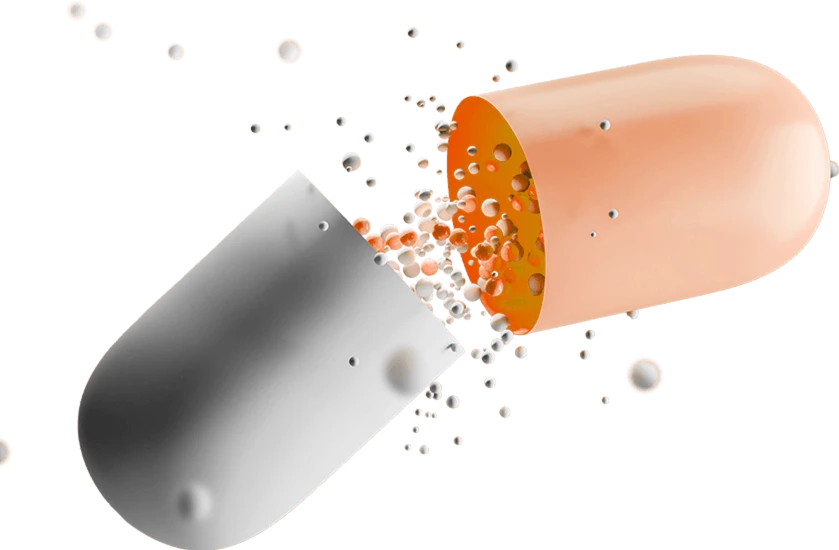- Afrikaans
- Albanian
- Amharic
- Arabic
- Armenian
- Azerbaijani
- Basque
- Belarusian
- Bengali
- Bosnian
- Bulgarian
- Catalan
- Cebuano
- Corsican
- Croatian
- Czech
- Danish
- Dutch
- English
- Esperanto
- Estonian
- Finnish
- French
- Frisian
- Galician
- Georgian
- German
- Greek
- Gujarati
- Haitian Creole
- hausa
- hawaiian
- Hebrew
- Hindi
- Miao
- Hungarian
- Icelandic
- igbo
- Indonesian
- irish
- Italian
- Japanese
- Javanese
- Kannada
- kazakh
- Khmer
- Rwandese
- Korean
- Kurdish
- Kyrgyz
- Lao
- Latin
- Latvian
- Lithuanian
- Luxembourgish
- Macedonian
- Malgashi
- Malay
- Malayalam
- Maltese
- Maori
- Marathi
- Mongolian
- Myanmar
- Nepali
- Norwegian
- Norwegian
- Occitan
- Pashto
- Persian
- Polish
- Portuguese
- Punjabi
- Romanian
- Russian
- Samoan
- Scottish Gaelic
- Serbian
- Sesotho
- Shona
- Sindhi
- Sinhala
- Slovak
- Slovenian
- Somali
- Spanish
- Sundanese
- Swahili
- Swedish
- Tagalog
- Tajik
- Tamil
- Tatar
- Telugu
- Thai
- Turkish
- Turkmen
- Ukrainian
- Urdu
- Uighur
- Uzbek
- Vietnamese
- Welsh
- Bantu
- Yiddish
- Yoruba
- Zulu
Nov . 09, 2024 15:27 Back to list
The Role of Disinfectants in Veterinary Medicine and Animal Health Practices
Disinfectants in Veterinary Practice Ensuring Health and Safety for Animal Care
In the realm of veterinary medicine, maintaining a clean and disease-free environment is crucial for the health of both animals and the people who care for them. Disinfectants play an essential role in achieving this goal, preventing the spread of infectious diseases in veterinary clinics, animal hospitals, and other care environments. Understanding the different types of disinfectants, their applications, and best practices for use is vital for veterinary professionals.
Types of Disinfectants
Disinfectants can be categorized into several types based on their chemical composition and the microorganisms they target. Common categories include
1. Quaternary Ammonium Compounds (Quats) These are widely used due to their effectiveness against a broad range of bacteria and viruses. Quats are often found in surface cleaners and are known for their low toxicity to animals and humans, making them suitable for use in clinics.
2. Phenolic Compounds Effective against bacteria, fungi, and viruses, phenolic disinfectants are commonly used in veterinary settings. However, they can be toxic to some animals and should be used with caution.
3. Chlorine-Based Products Chlorine bleach is a powerful disinfectant that effectively kills a wide range of pathogens. However, it can be corrosive and may cause harm to animals if not used correctly. Proper dilution is crucial when employing chlorine-based products.
4. Hydrogen Peroxide This versatile disinfectant has gained popularity for its effectiveness against bacteria, viruses, and fungi. It breaks down into water and oxygen, making it environmentally friendly. However, it can be irritating to mucous membranes and should be used with care.
5. Alcohol-Based Disinfectants Ethyl or isopropyl alcohol is effective in quickly disinfecting surfaces and equipment. While alcohol evaporates quickly and leaves no residue, it is less effective against certain viruses and spores.
Application of Disinfectants
disinfectants in veterinary practice

In veterinary practice, disinfectants are used in various applications, from cleaning instruments and surfaces to treating contaminated areas. Following a rigorous cleaning protocol is essential
1. Surface Disinfection Routine disinfection of exam tables, cages, and flooring is critical. High-touch areas should receive special attention to reduce the risk of cross-contamination.
2. Instrument Sterilization Veterinary instruments must be properly cleaned and disinfected after each use to prevent the transmission of pathogens during surgical procedures. Autoclaving is ideal for certain tools, while others may require chemical disinfection.
3. Isolation Precautions When treating sick animals, specific isolation protocols should be followed. Disinfectants should be employed to clean dedicated areas used for isolation to prevent the spread of infectious diseases.
4. Proper Dilution and Contact Time For disinfectants to be effective, they must be used at the recommended concentration and allowed adequate contact time. Veterinary staff must be trained to follow label instructions carefully for optimal results.
Safety Considerations
Veterinary professionals must be aware of the potential hazards associated with disinfectants. Personal protective equipment (PPE) such as gloves, masks, and goggles should be worn to minimize exposure. Proper ventilation is also important when using potent disinfectants to reduce inhalation risks. Furthermore, staff should be educated about the safe storage and handling of these chemicals to prevent accidents.
Conclusion
Disinfectants are a cornerstone of infection control in veterinary practice. By understanding the various types of disinfectants, their applications, and adhering to safety protocols, veterinary professionals can ensure a safe environment for animals and staff alike. The commitment to maintaining high standards of cleanliness not only protects animal health but also serves as a critical element in the overall effectiveness and reputation of veterinary care.
-
Guide to Oxytetracycline Injection
NewsMar.27,2025
-
Guide to Colistin Sulphate
NewsMar.27,2025
-
Gentamicin Sulfate: Uses, Price, And Key Information
NewsMar.27,2025
-
Enrofloxacin Injection: Uses, Price, And Supplier Information
NewsMar.27,2025
-
Dexamethasone Sodium Phosphate Injection: Uses, Price, And Key Information
NewsMar.27,2025
-
Albendazole Tablet: Uses, Dosage, Cost, And Key Information
NewsMar.27,2025













